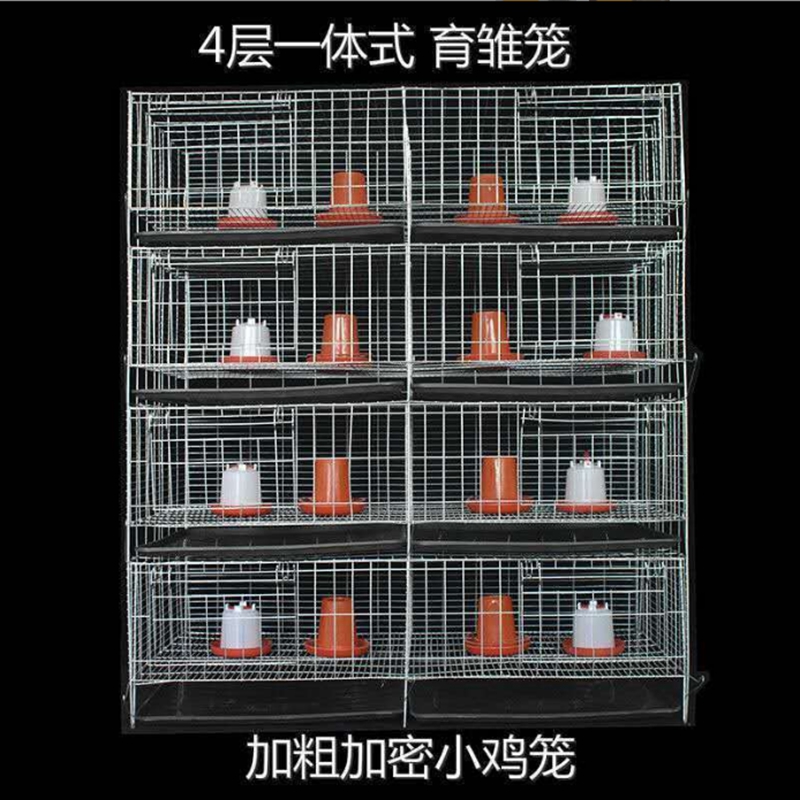Efficient Design and Use of Poultry Transport Cages for Safe Animal Handling
Nov . 29, 2024 18:22 Back to list
Efficient Design and Use of Poultry Transport Cages for Safe Animal Handling
The Importance of Poultry Transport Cages in Modern Agriculture
In the realm of poultry farming, the transport of birds from farms to processing facilities or markets is a critical aspect that can significantly influence the health of the birds and the overall efficiency of the farming operation. One of the key components that facilitate this process is the use of properly designed poultry transport cages. These cages serve not only as a means of transportation but also play a pivotal role in ensuring the welfare and safety of the birds during transit.
Poultry transport cages are specifically designed to accommodate various species of birds, including chickens, ducks, and turkeys. Constructed from durable materials, these cages are engineered to withstand the rigors of transportation while providing adequate ventilation and space for the birds. Proper design is crucial; cages that are too small can cause stress and injury to the birds, while cages that are too large can lead to excessive movement and potential accidents.
One of the primary benefits of using specialized poultry transport cages is the emphasis on animal welfare. The design of these cages often incorporates features such as non-slip floors and adequate ventilation to minimize stress and discomfort for the birds. By reducing stress levels, farmers can lower the risk of injury and illness during transport. This consideration not only benefits the birds but also enhances the quality of the poultry products that reach the market, as stressed birds may produce inferior meat or eggs.
poultry transport cages

In addition to welfare considerations, poultry transport cages also contribute to the efficiency of logistics. When designed to stack securely, these cages maximize space and allow for greater loads during transport. This efficiency can lead to reduced fuel consumption and lower transportation costs, making the entire poultry supply chain more sustainable. Furthermore, the ability to wash and sanitize these cages easily is imperative in preventing the spread of diseases among birds, ensuring that biosecurity measures are upheld throughout the entire transportation process.
Moreover, with the rising consumer awareness regarding food safety and animal welfare, the poultry industry is under increased pressure to adopt practices that demonstrate responsible farming. By utilizing transport cages that comply with national and international animal welfare standards, producers can assure consumers that they are committed to humane treatment of their livestock. This not only enhances the reputation of the producer but also fosters consumer trust in the products they purchase.
While the basic function of poultry transport cages remains the same, continuous advancements in materials and design are paving the way for even better solutions. Innovations such as lightweight materials, improved airflow designs, and ergonomic handles are making transport cages easier to use while also ensuring the comfort of the birds. As the poultry industry evolves, it is essential for producers to stay informed about these innovations and adopt best practices that align with both regulatory standards and the expectations of consumers.
In conclusion, poultry transport cages are an indispensable element in the poultry supply chain. Their role in safeguarding animal welfare, enhancing logistical efficiency, and complying with modern consumer demands illustrates their importance in the industry. As producers continue to prioritize the health and safety of their birds, the development and use of effective transport cages will remain a focal point in achieving sustainable and humane poultry farming practices.
-
Automatic Feeding Line System-Pan Feeder Nipple Drinker|Anping County Yize Metal Products Co., Ltd.
NewsJul.29,2025
-
Hot Sale 24 & 18 Door Rabbit Cages - Premium Breeding Solutions
NewsJul.25,2025
-
Automatic Feeding Line System Pan Feeder Nipple Drinker - Anping County Yize Metal Products Co., Ltd.
NewsJul.21,2025
-
Automatic Feeding Line System Pan Feeder Nipple Drinker - Anping County Yize Metal Products Co., Ltd.
NewsJul.21,2025
-
Automatic Feeding Line System - Anping Yize | Precision & Nipple
NewsJul.21,2025
-
Automatic Feeding Line System - Anping Yize | Precision & Nipple
NewsJul.21,2025






